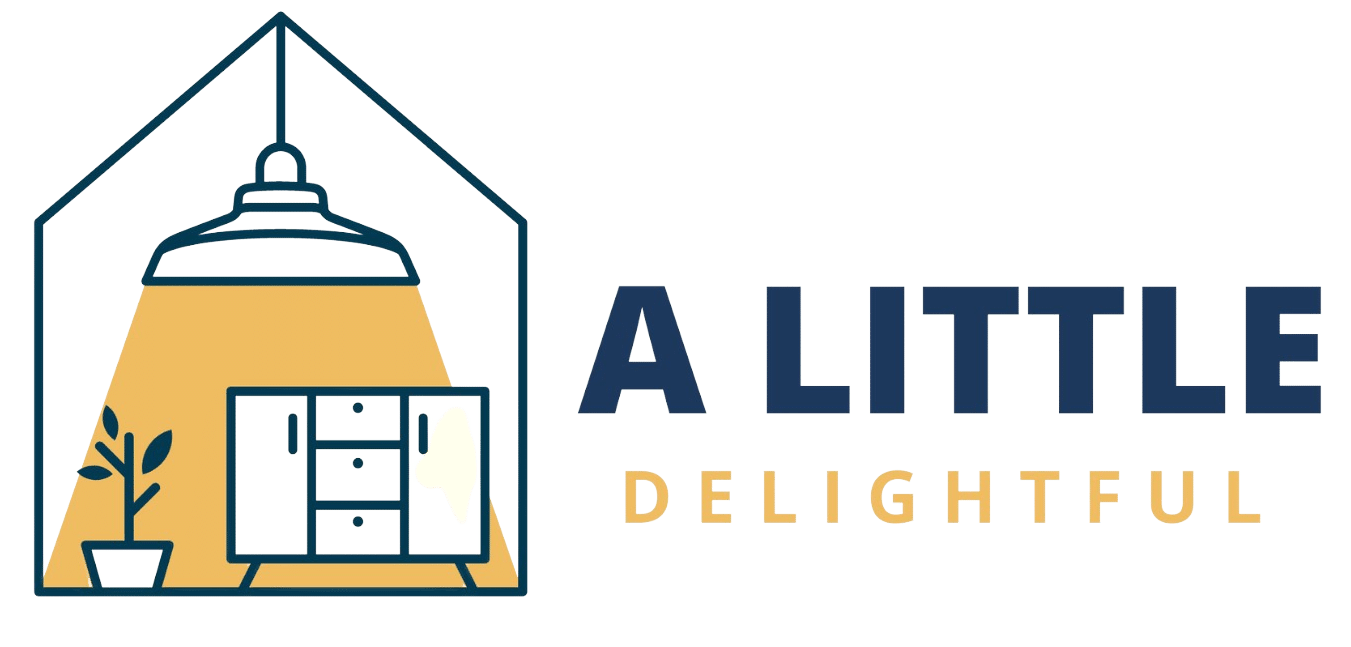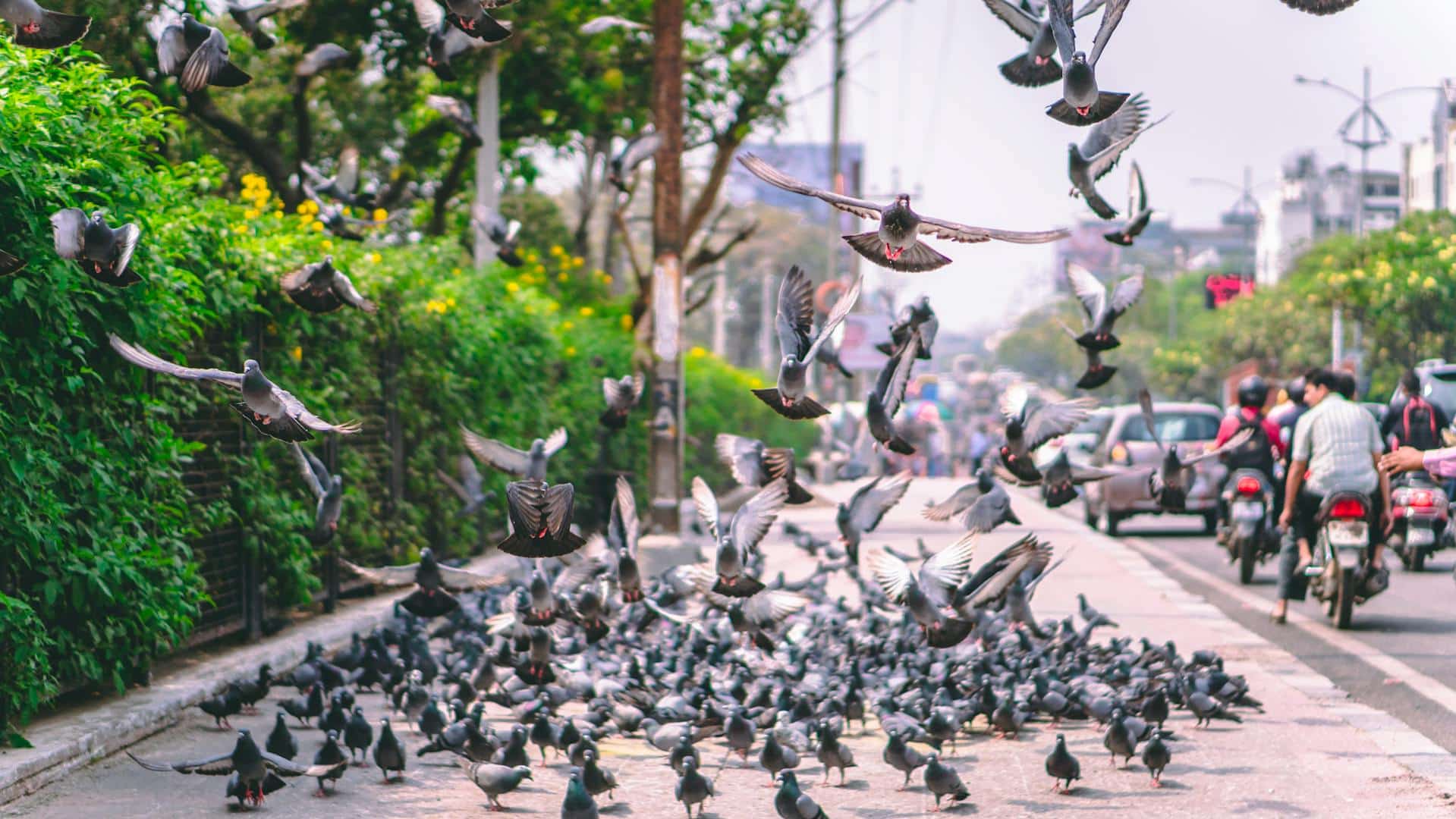How to Effectively Reduce Pigeon Populations Without Using Chemicals?
Pigeon flocks often gather around buildings, parks, and rooftops, leaving messes and damage that frustrate property owners. Many people turn to harsh chemicals to solve the problem, but safer and more sustainable options exist. The most effective way to reduce pigeon populations without chemicals involves removing food sources, blocking nesting areas, and using humane deterrents that guide the birds elsewhere.
These simple actions not only protect structures but also keep the environment safe for other wildlife. By focusing on prevention and long-term control, people can manage pigeon numbers without harming them. The following sections explain practical steps that combine humane deterrents, habitat changes, and population management to create lasting results.
Fundamental Non-Chemical Strategies for Reducing Pigeon Populations
Reducing pigeon populations without chemicals relies on changing the environment, removing food access, and blocking nesting or roosting areas. These practical steps help limit the conditions that allow pigeons to thrive in cities and around large facilities.
Habitat Modification and Exclusion Methods
Pigeons prefer flat, sheltered areas such as ledges, rooflines, and beams. Adjusting these spaces can discourage nesting. Installing angled ledge covers, bird netting, or mesh barriers prevents pigeons from landing or building nests. Sealing small gaps under eaves or vents also removes potential roosts.
Large buildings and industrial sites often benefit from structural changes that make surfaces less attractive. For example, replacing flat ledges with sloped ones or adding fine wire systems can make it difficult for pigeons to perch.
OvoControl’s recommendations for reducing pigeon populations emphasize integrating habitat modification with other non-lethal tools. This approach supports long-term population reduction by addressing both nesting sites and reproduction control. Facility managers can review practical options for how to get rid of pigeons through design and maintenance adjustments.
Managing Unintentional Food Sources
Pigeons depend on reliable food access. Reducing that access limits the flock size naturally. Property owners should enforce no-feeding rules and secure trash bins with tight lids. Outdoor dining areas should remain clean, and spilled grain or pet food should be removed quickly.
Cities often see pigeon problems near open dumpsters or loading docks. Regular cleaning schedules and covered waste containers reduce attraction. Businesses can also coordinate with local sanitation departments to prevent the buildup of debris that provides easy meals.
OvoControl notes that consistent food control improves results from population management programs. If pigeons rely on scattered human food, they may ignore bait or deterrents. Therefore, cutting off excess food helps all other control methods work more effectively.
Physical Deterrents and Barriers
Physical deterrents create discomfort or block access without harming birds. Common tools include stainless-steel spikes, spring wires, and reflective discs. These devices prevent pigeons from landing while leaving structures unharmed.
For roofs or signs, lightweight mesh or netting can seal off nesting zones. Reflective tape or decoy predators can add short-term pressure, though pigeons often adapt. Combining several tools usually produces stronger results.
OvoControl advises pairing physical barriers with reproductive control and habitat changes for sustainable outcomes. This integrated method keeps pigeon numbers low while avoiding the use of toxic chemicals or lethal traps.
Humane Population Control and Long-Term Management
Effective pigeon population management depends on humane methods that balance public needs with animal welfare. Efforts such as pigeon birth control, community cooperation, and attention to urban health help maintain stable populations without chemicals or harm.
Pigeon Birth Control Solutions
Pigeon birth control targets reproduction instead of removal. Products like Ovocontrol use feed-based contraceptives that prevent egg development, lowering pigeon numbers over time. This method reduces flocks gradually and avoids the stress and injury caused by trapping or poisoning.
Unlike deterrents that simply move birds to new areas, contraceptive programs address the root cause of overpopulation. They work best in places such as parks, warehouses, and transport hubs where pigeons gather in large groups.
Regular monitoring supports success. Managers track bird numbers, adjust feeding schedules, and maintain consistent application. Over several breeding cycles, populations decline naturally while adult birds continue normal behavior without distress.
Community Engagement and Animal Welfare Considerations
Public cooperation strengthens humane pigeon control. Education campaigns help residents understand why feeding bans or regulated feeding zones matter. People learn that overfeeding encourages rapid breeding and unsanitary conditions.
Animal welfare remains central to these efforts. Non-lethal methods respect the natural role of pigeons in urban ecosystems. Humane strategies show that cities can control populations responsibly without resorting to harmful chemicals or lethal traps.
Local governments often coordinate with property owners to maintain clean nesting areas and reduce food waste. Simple actions, such as sealing entry points and cleaning roosting sites, support long-term results. These steps encourage balance between community needs and bird safety.
Public Health and Urban Impact
Pigeon droppings can create maintenance issues and health concerns in dense city areas. Humane population control helps reduce these risks by limiting flock size and keeping public spaces cleaner.
Lower pigeon numbers lead to fewer nesting sites near ventilation systems, monuments, and food areas. This decreases the spread of diseases linked to droppings while protecting infrastructure from corrosion.
Cities benefit from consistent population management programs that combine birth control, habitat design, and public education. The approach supports cleaner environments, safer public spaces, and better harmony between people and urban wildlife.
Conclusion
Effective pigeon control depends on steady prevention rather than harsh chemicals. People can reduce pigeon numbers through simple actions such as cleaning food waste, sealing entry points, and removing nesting spots. These steps make spaces less attractive and help maintain healthier surroundings.
Physical barriers like netting, spikes, and vent covers stop pigeons from landing or nesting. Natural repellents such as vinegar or peppermint oil sprays add another layer of defense without harming wildlife.
Public awareness also matters. Communities that promote proper waste handling and discourage feeding see fewer pigeon infestations. As a result, humane and chemical-free strategies create long-term balance between people and urban bird populations.








